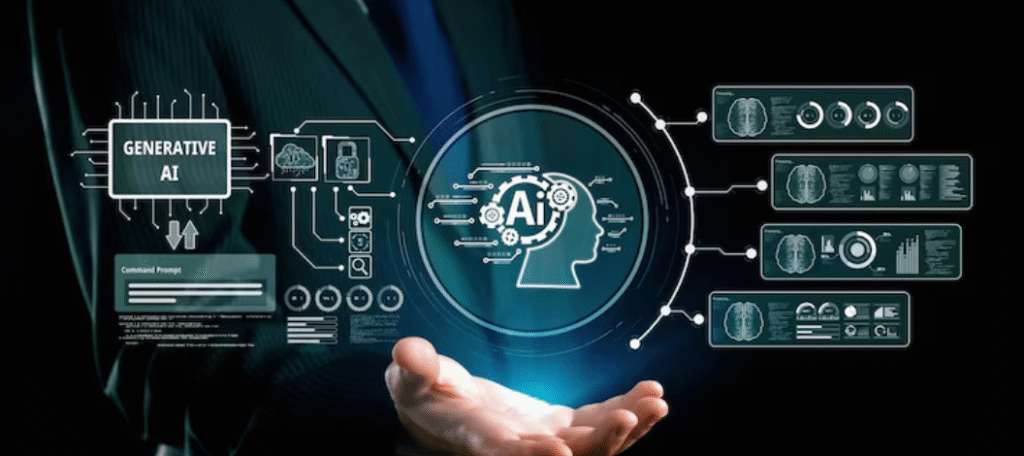In 2025, Edge AI is more than just a buzzword—it’s becoming the backbone of real-time, intelligent systems across industries. From self-driving cars and smart cities to manufacturing and healthcare, the fusion of edge computing and artificial intelligence is pushing the boundaries of what’s possible.
In this blog, we’ll explore what Edge AI is, why it’s gaining momentum, and how businesses can leverage it for faster, smarter, and more secure operations.
What is Edge AI?
Edge AI refers to the deployment of AI algorithms on edge devices—like sensors, mobile phones, IoT devices, and drones—rather than relying on centralized cloud systems. These edge devices can process data locally, in real-time, without depending on cloud latency or bandwidth.

Why Is Edge AI Trending in 2025?
Real-Time Decision Making
Whether it’s autonomous vehicles avoiding collisions or surveillance cameras detecting threats instantly, Edge AI enables split-second decisions without waiting for cloud responses.
Data Privacy & Security
Processing data locally reduces the need to send sensitive information over the internet, offering better compliance with privacy laws like GDPR and HIPAA.
Reduced Latency
Edge AI slashes data transfer time, which is crucial for applications like gaming, robotics, and AR/VR.
Bandwidth Optimization
Only relevant or filtered data is sent to the cloud, saving bandwidth and reducing operational costs.
Top Industries Benefiting from Edge AI
- Manufacturing: Predictive maintenance, quality inspection, and automated workflows.
- Healthcare: Remote patient monitoring, diagnostic imaging, and emergency alert systems.
- Retail: Smart shelves, customer behavior analysis, and checkout-free shopping.
- Automotive: Autonomous driving systems and vehicle-to-everything (V2X) communication.
- Agriculture: Crop monitoring, soil analytics, and livestock tracking.
Technologies Powering Edge AI
5G Connectivity
Ultra-low latency networks make real-time edge processing faster and more reliable.
AI Accelerators
Devices like NVIDIA Jetson, Google Coral, and Intel Movidius are making edge computing powerful and energy-efficient.
TinyML
Machine learning models optimized for microcontrollers make AI possible even on small, battery-powered devices.

Challenges to Watch
- Hardware Limitations: Limited compute and storage power on edge devices.
- Model Optimization: Compressing AI models without losing accuracy.
- Security Risks: Edge devices can be vulnerable if not properly secured.
How Businesses Can Leverage Edge AI in 2025
- Start Small: Test edge AI on a few pilot projects like quality checks or facial recognition in offices.
- Invest in Tools: Use platforms like Azure Percept, AWS Greengrass, or Edge Impulse.
- Focus on ROI: Prioritize use cases where real-time decisions and data cost savings are critical.
- Ensure Security: Implement device encryption, secure boot, and AI model protection.
Conclusion
Edge AI is not just the future—it’s already transforming the present. As data grows and real-time responsiveness becomes vital, businesses that adopt Edge AI early will gain a decisive competitive edge.
So whether you’re an enterprise IT leader, a startup innovator, or a digital transformation consultant—2025 is the time to explore the power of Edge AI.

